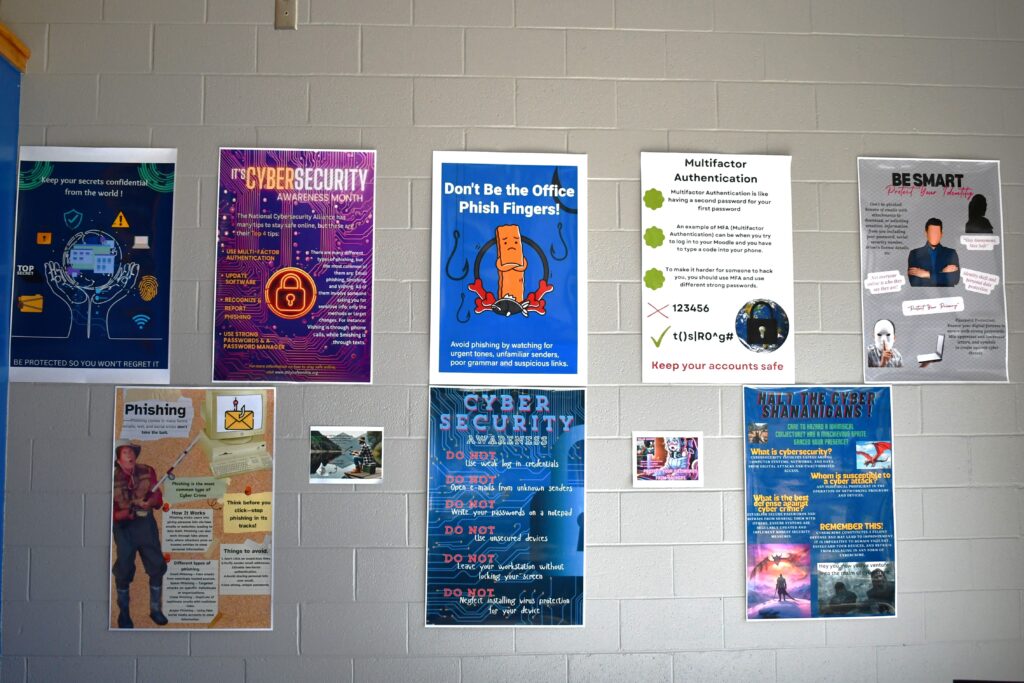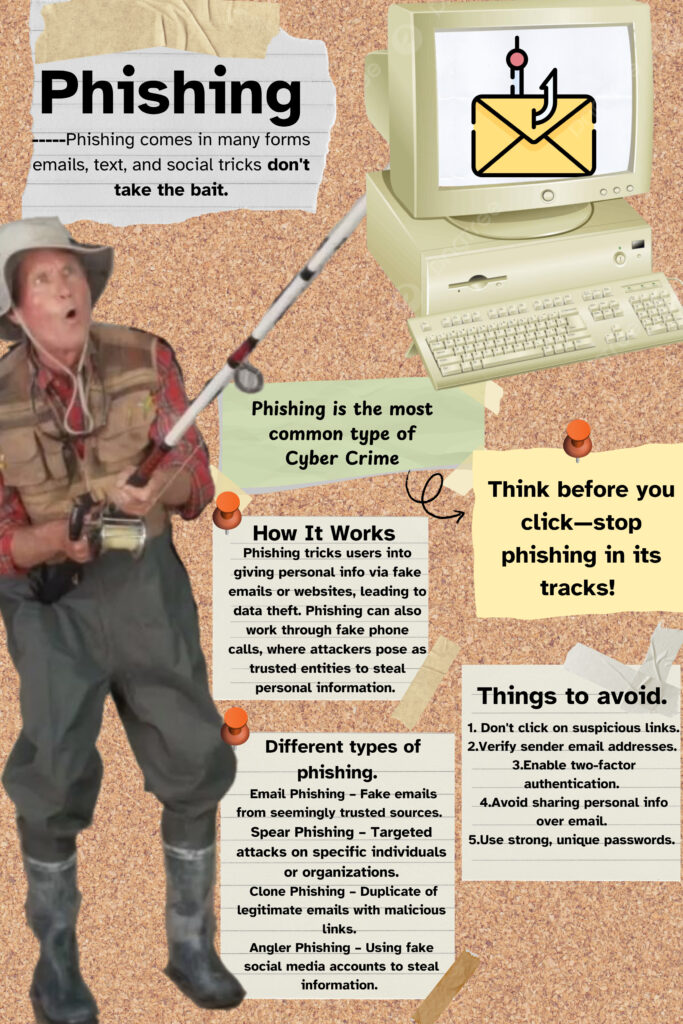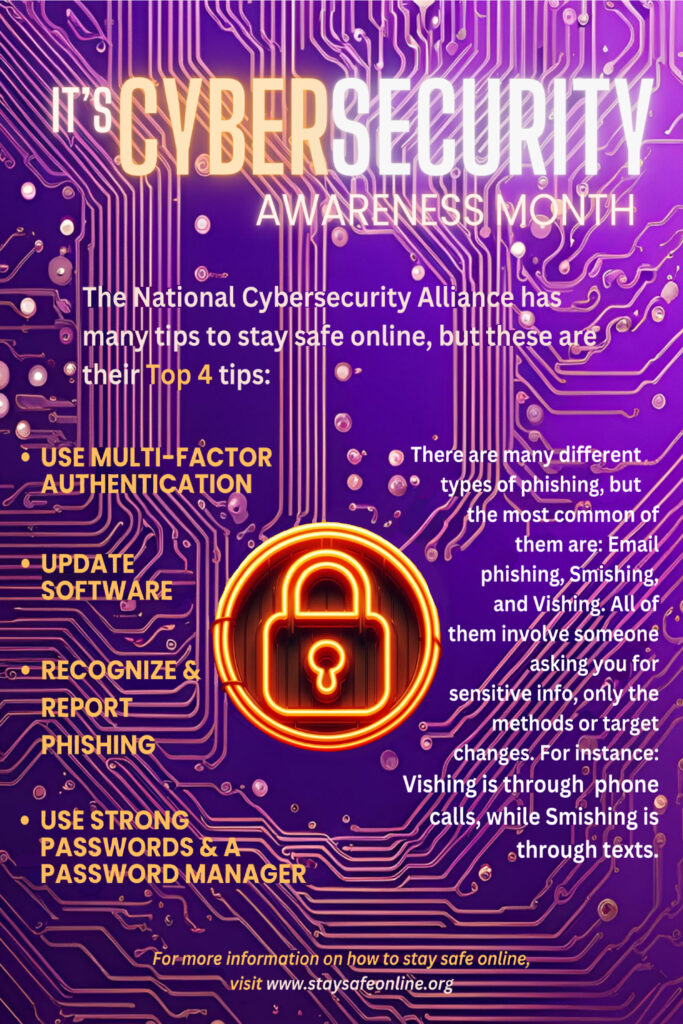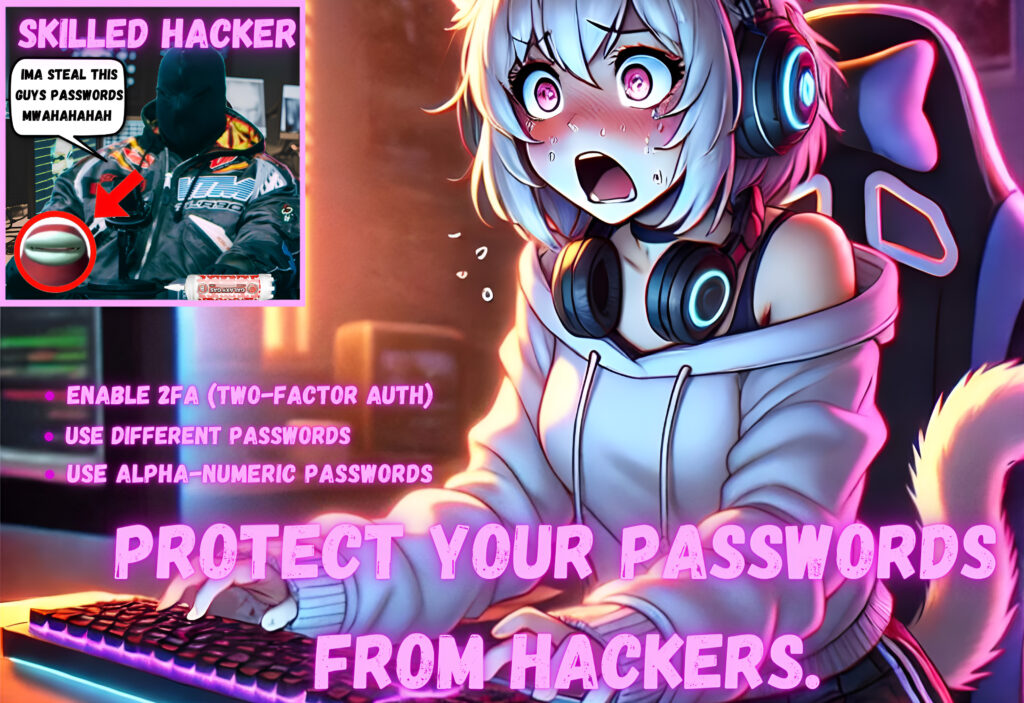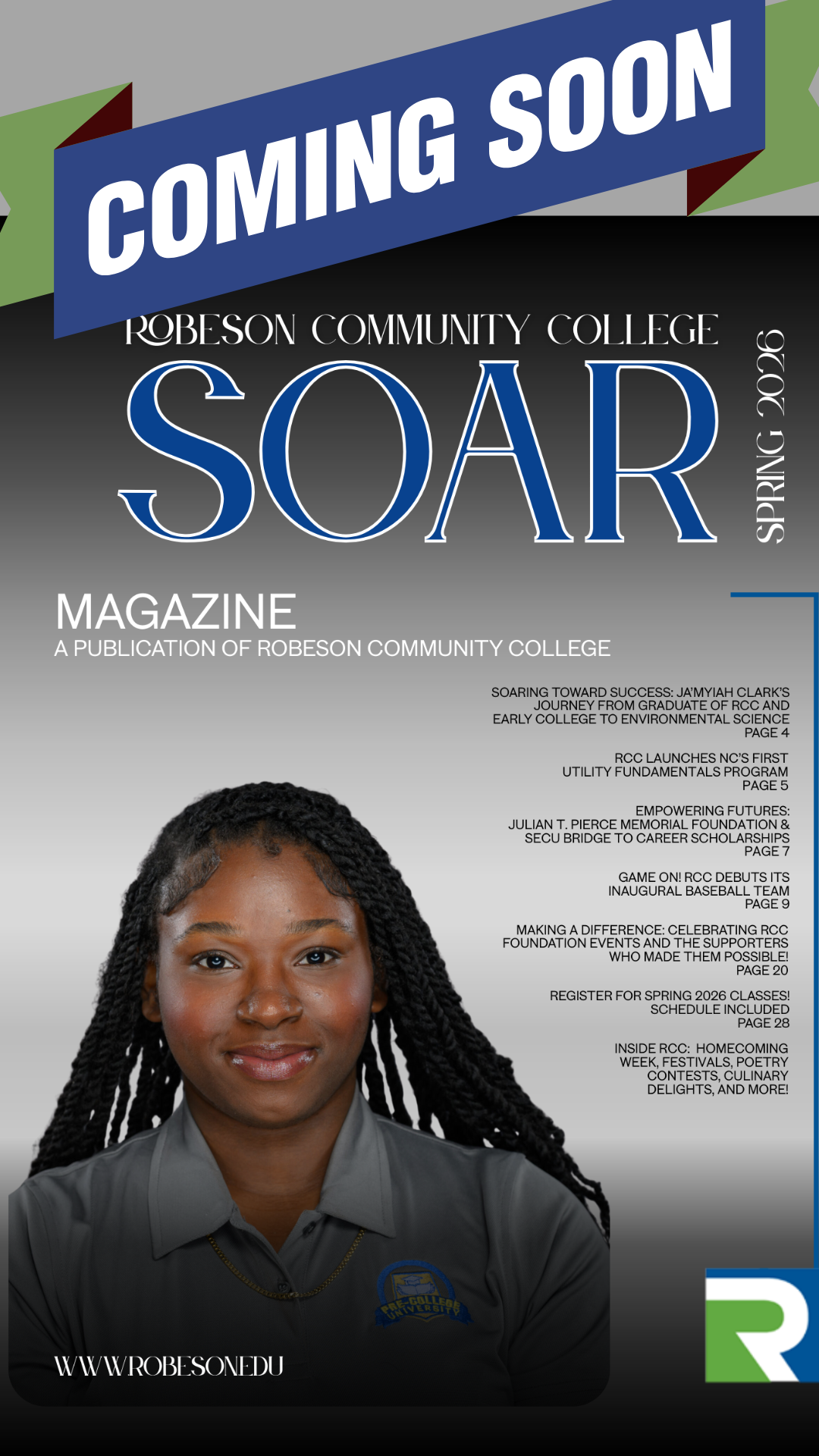
Cybersecurity tips for the holidays from RCC
‘Tis the season for cybercrimes, but you don’t have to be a victim this holiday season. There are many preventative measures that you can take to minimize your risk online as you shop for holiday gifts.
Robeson Community College recently hosted a cybersecurity panel to discuss how to stay safe online with Dustin Long, vice president of Information Technology; William “Kenneth” Stubbs, a cybersecurity instructor and James Trogdon, who serves as an adjunct instructor for the IT program.
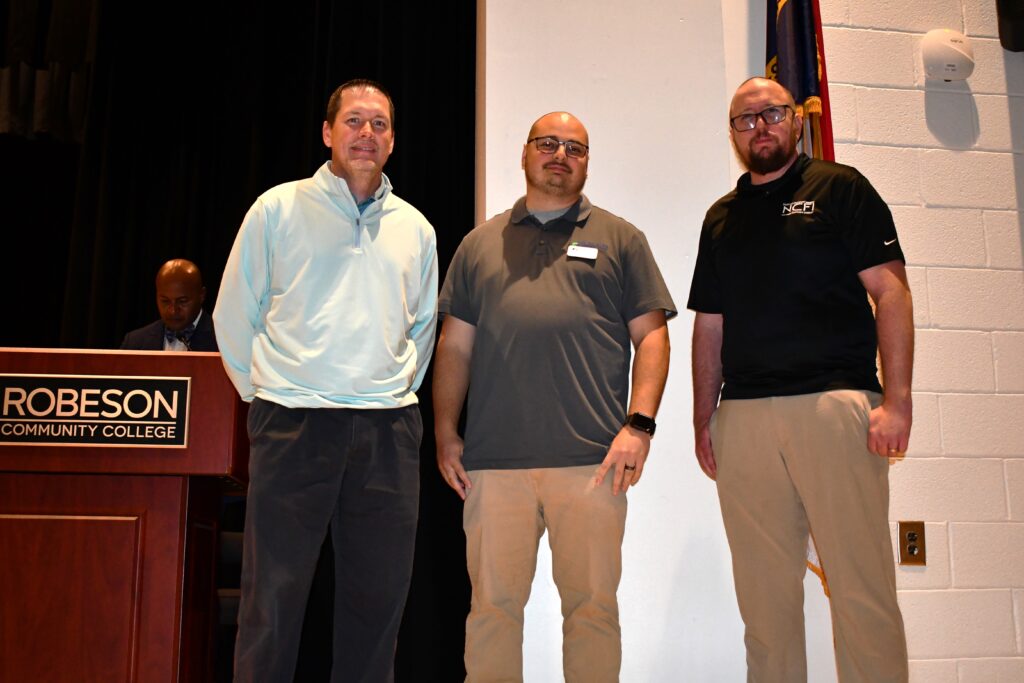
From left to right: Vice President Dustin Long, Cybersecurity instructor Kenneth Stubbs, and Adjunct Instructor James Trogdon serve as panelist in a discussion on cybersecurity at Robeson Community College.
So how do you stay safe online in a digital world?
“The first thing is your passwords,” stated Stubbs. “Using a strong password is key for every single account. It needs to contain uppercase and lowercase letters, numbers, and symbols.”
“Don’t use simple phrases, please don’t do that,” Trogdon said. “Don’t use the same password over and over again, every password needs to be different.”
“An 8-character password can be broken by brute force in just 3 hours,” Long said. “So one of the things you should consider is using a 16-character password, which would take 3 trillion years to break by a brute force attack.”
The panelist also recommended avoiding using password managers, as a hacker could gain access to all your accounts in one cyberattack, leaving your email, bank accounts, social media, and other accounts vulnerable.
“You may only have $1 in your name, but they want that dollar,” Long said.
In addition to using stronger, longer passwords, the panelists said using multifactor authentication is a must.
“Multifactor authentication is a second way to verify who you are,” Long said. “Most organizations are moving away from SMS messaging and using authenticator apps, which generate a passcode to let you into the account.”
“And soon you’ll see more biometrics being used where you’ll have to use your face, fingerprint, or a hardware token, making it harder to impersonate yourself,” Long added.
It is estimated that 88% of all security breaches are a result of human error through phishing schemes and social engineering. Clicking on a link from an email you received, for example, may install malware directly on your computer.
“The biggest threat are clickers who click on everything they see,” Long said. “That’s how hackers get you.”
One of the best ways to defend yourself from these types of attacks, Stubbs says is to look at the email or link you’ve been sent.
“Are there misspellings in the email, do you recognize the sender, does it look legitimate?” Stubbs asked.
“These emails want to entice you to do something right now and they will have suspicious links,” Long said.
“They want to gain your trust,” Trogdon said. “Be vigilant and remember that no reputable organization is going to ask you for your password.”
“Some emails may look like they are from reputable sources,” Long said. “My dad got an email from what appeared to be Harbor Freight, and he saw a good deal on a screwdriver set, and so he clicked on it and his account got hacked…he never received the screwdriver set.”
Long says the moral of the story is that if it seems too good to be true, it probably is.
“Keeping your software updated, browsers updated, virus protection updated, is something that you should be doing,” Long said.
“If developers discover a critical flaw in the software, they will issue an update,” Stubbs said. “You need to make sure that you’ve updated your computer so that you are better protected against online threats.”
“Begin taking steps to stay safe online,” Trogdon said. “Create better passwords, update your software, learn how to recognize phishing scams so that you can keep yourself safe.”
To learn more tips on how to stay safe, check out the cyber security posters designed by Information Technology students this fall during a contest to raise awareness about cyber threats. Taking first place in the competition was Alexis Ortiz and Ledger Hunt with “Phishing.,” followed by “It’s Cybersecurity Awareness Month” by Ashley Todd who took second place. Third place was awarded to Mario Santana and Darrion Oxendine for “Anime Girl.”
The cybersecurity panel discussion was facilitated by Loretta Allen, an instructor in the business technologies division.
Winning Cybersecurity Posters
- 1st Place – Phishing by Alexis Ortiz and Ledger Hunt
- 2nd Place – “It’s Cybersecurity Awareness Month” by Ashley Todd
- 3rd Place – “Anime Girl” by Mario Santana and Darrion Oxendine
